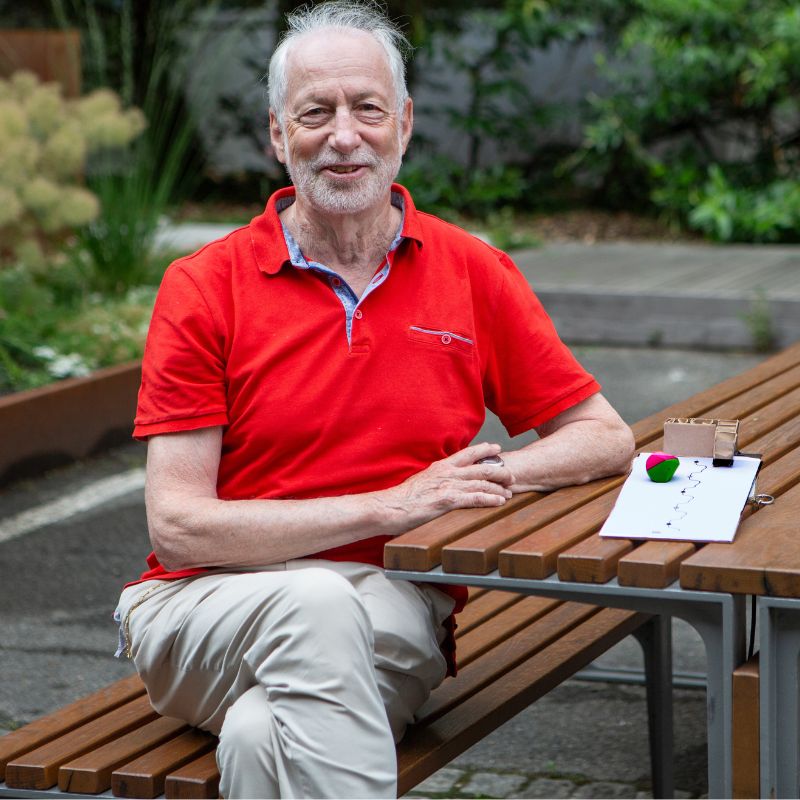News
A rolling object for any curve! «Nature Paper»

How do you design rolling objects that follow a predefined trajectory? A team of researchers from the University of Geneva (UNIGE) and South Korea set out to find out. In the course of their research, and thanks to the development of a specific algorithm, the scientists discovered that a solution exists for most curves, provided that they are oriented downwards. These results are published in the journal Nature.
Since the invention of the wheel, questions have been raised about rolling objects and their trajectories. A cylindrical body (a car wheel, for example) rolls down a hill in a straight line. A spherical body (a billiard ball) does the same. But what about objects that have a specific shape? A flat cone, for example, will oscillate but not descend. As for oloids - the convex envelope of two orthogonal circles, each passing through the centre of the other - follow curvilinear trajectories when descending.
An international team of Swiss and South Korean researchers asked themselves the opposite question: for which curves, drawn on the inclined plane, can an object be constructed that will precisely and repeatedly follow the prescribed curve and its copies? In the course of their research, the scientists discovered that there is a solution for most curves, provided that they are smooth and always have a downward-facing component. These results are published in the prestigious journal Nature.
Shapes designed by algorithm
"We designed an algorithm to model the bodies - which we called trajectoids - corresponding to the different curves chosen. We then validated these bodies experimentally by 3D printing the calculated shapes and following their rolling trajectories, including those that repeat indefinitely ", explains Jean-Pierre Eckmann, a mathematical physicist and emeritus professor at the Faculty of Science at the University of Geneva (UNIGE) and SwissMAP member, who contributed to this study initiated by Yaroslav Sobolev, a researcher at the Institute of Fundamental Sciences in Ulsan, South Korea.
Discovering the existence of trajectoids for most imagined trajectories answers a typical fundamental research question. Although it appears simple and easy to understand, it requires advanced mathematics to resolve and will impact both quantum and classical optics. The dynamics of qubits, spins and the polarisation of light can be precisely related to trajectoids and their trajectories.
The construction of a trajectoid. The inner ball is heavy, while the outer part is light.
A trajectoid with the given curve in black and the curve actually followed in blue.
Figures above: Yaroslav I. Sobolev et al. (2023), Nature.
Main image: Jacques Erard/UNIGE
Link: Article on Nature
Contact
Mayra LIROT
Communication Officer
UNIGE - Section of Mathematics
+41 22 379 11 10
Presentation of main concepts and results of: Yaroslav I. Sobolev, Ruoyu Dong , Tsvi Tlusty , Jean-Pierre Eckmann, Steve Granick, Bartosz A. Grzybowski “Solid-body trajectoids shaped to roll along desired pathways” Nature, 2023
Nature video:
These shapes roll in peculiar ways thanks to new mathematics
